Formula 1®
How Williams became kings of the pit lane
During the winter break in the factory, during testing, at race weekends, the Formula 1 teams never tire of practicing one pit stop after another. Every move has to be right. Every detail counts. This season's fastest ever pit stop of 1.92 seconds goes to the Williams crew, but in recent seasons, the team from Grove have not been particularly known for their fastest stops in the pit lane.
That has changed dramatically this year. "The foundation was hard work, lots of very hard work," said chief engineer Rob Smedley. First, it involved identifying our weak points. This was not about the mechanics but about tiny, tiny details. "We made no fundamental changes, but we definitely made some minor adjustments to solve the problem of what's been our Achilles' heel over the last two years."
The problem was no secret. Williams could never get the wheels off without a struggle. It used to take them one-and-a-half to two-and-a-half seconds longer than the competition. The solution was found by a number of people including the design group responsible for the suspension. "It now no longer holds us up and leaves more strategies open to us." That didn't used to be the case in the past. "Many people don't know that a loss in time of just one second during the pit stop can have a huge impact on strategy and tactics."
"Many people don't know that a loss in time of just one second during the pit stop can have a huge impact on strategy and tactics."
Rob Smedley
But it's not just the boffins on the pit wall or the nimble fingers in the pitlane that make a perfect pit stop. Of course, the driver also plays a crucial role – he is, after all, the one at the wheel of the racing car. But what does a driver in the cockpit experience in the crucial seconds during and after a pit stop?
"You instantly know when someone is being a little slow at one corner," said Williams driver Valtteri Bottas. "You stare at the traffic lights and are certainly aware if one of the guys is a bit slower. Still, I'm not the kind of person to go up to them afterwards and say, the next beers are on you!"
To ensure that never happens, the teams practice pit stops at every opportunity. The mechanics undertake several dry runs in the pit lane during the race weekend when the car is simply pushed by colleagues and the stop simulated. Teams rehearse for real during the three practice sessions. "As a driver, that enables me to find a reference point for braking," said Bottas. "Then, we also lay down rubber in front of our garage, because the pit lane is usually much more slippery than the track itself." The teams always try to do their utmost and put as much rubber down as possible.
"You then have to push hard and post a perfect lap."
Valtteri Bottas
The stop itself can be divided into five phases. First, the in-lap. "When you get the news that you have to come into the pits, you try to get most of what's left out of the tires," said Bottas. "You then have to push hard and post a perfect lap."
That is one of the best moments in the race for Bottas. Although the tires are already relatively worn at this time – otherwise he would not have to pit to change them – the Finn still thinks it's great not to have to worry about tire degradation anymore and simply step on the gas to extract the maximum from the car.
The next phase of the pit stop is the entry into the pits when you have to brake as late as possible at the pit entrance while also taking care not to go too fast either so as not to get a penalty for pit-lane speeding. "You have to be fast but precise in the pit lane," said Bottas. "You have to leave braking as late as possible but still stop perfectly on the marks. If you're 20 or maybe even only 10 centimeters out, then the whole pit crew has to move position. That takes time."
"Formula 1 is definitely a team sport. The pit stop is the finest example of that."
Valtteri Bottas
It is important for the driver to hold the steering wheel straight during the approximately two to three seconds that the car is stationary in front of the pits. It's only then that the mechanics can apply the impact wrenches properly and change the wheels in record time. "Once you see the green light, you then perform a racing start." Speedy reactions are particularly important in all of this.
It all goes to show that a Formula 1 pit stop is a real work of art, consisting of many tiny details and is not simply dependent on the driver. "Formula 1 is definitely a team sport," said Bottas. "The pit stop is the finest example of that." As we so often see, the guiding principle #GreatIsInTheDetail applies here.


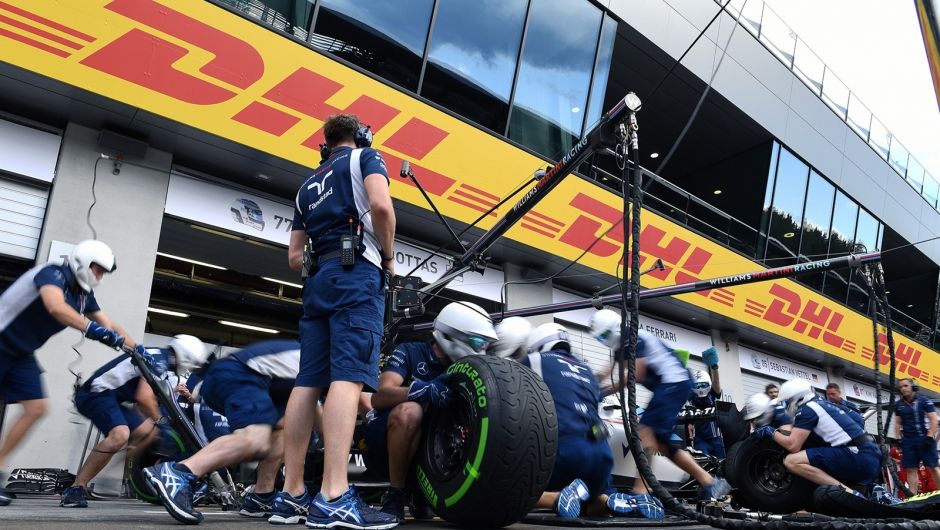
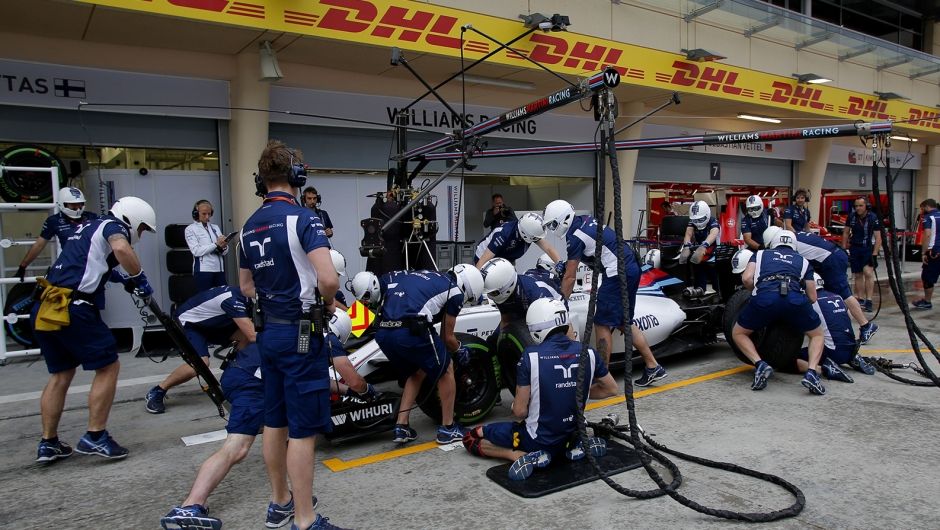
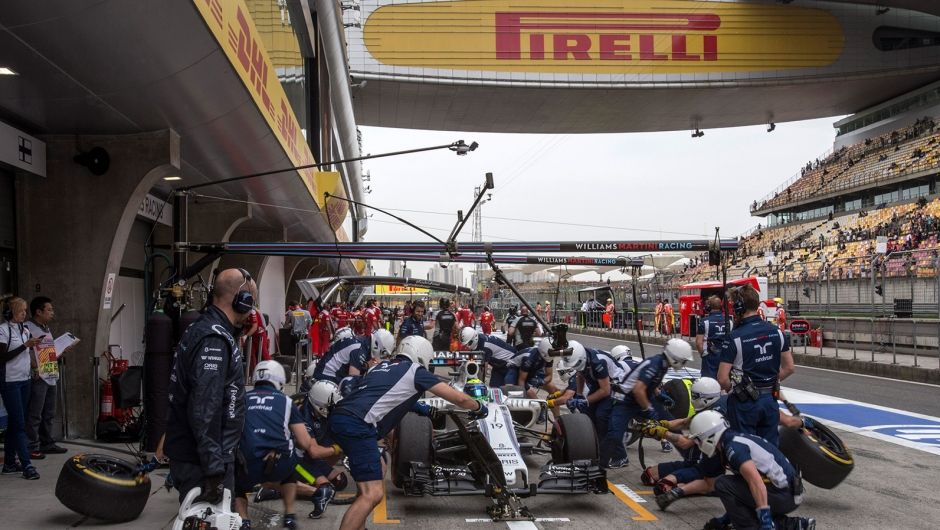
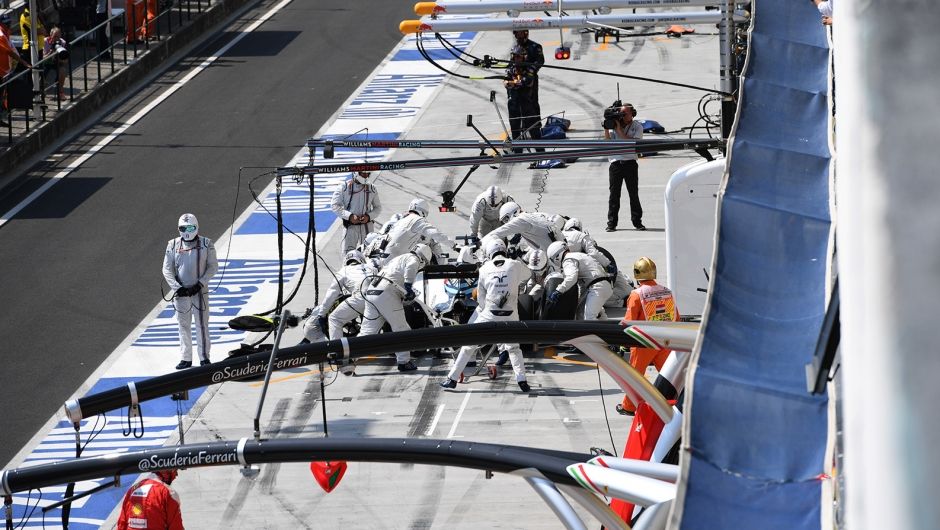
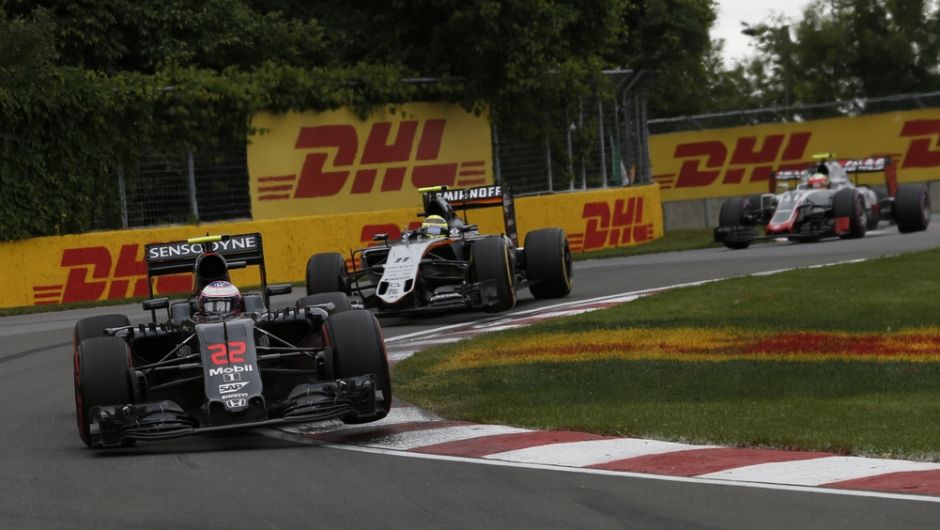
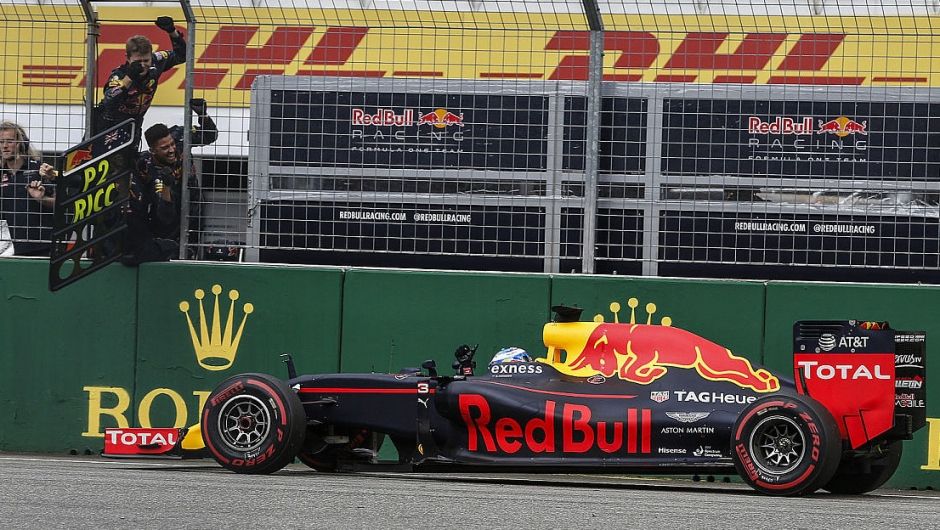
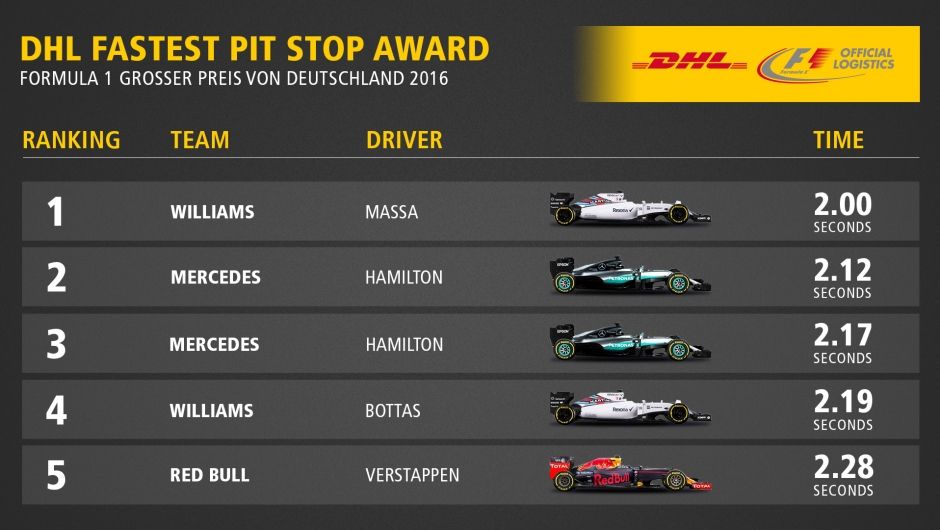

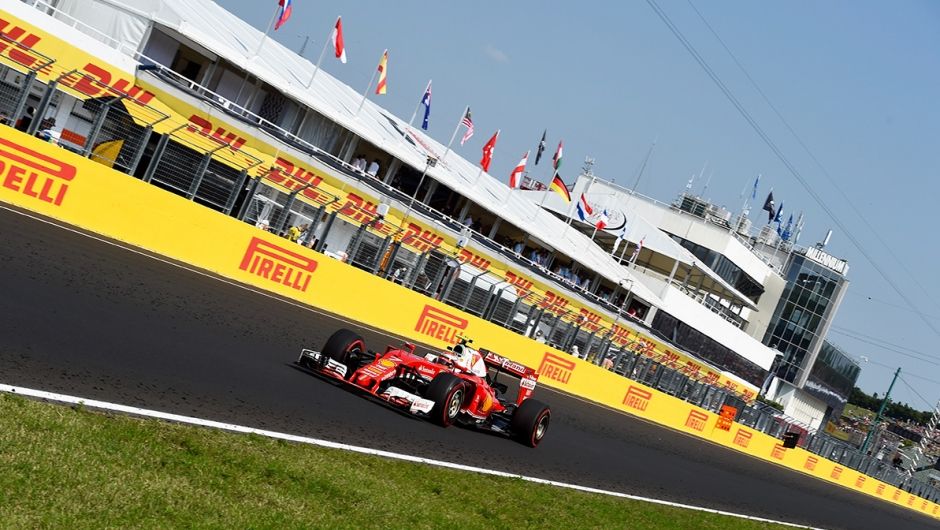
Content from disqus has been blocked because you did not allow to load it.
Loading the blocked content will adjust your privacy setting and content from this service will not be blocked in the future.
You have the right to revoke or change your decision at any time.
Posting Guidelines
All communications on Logistics of Things should be appropriate for a professional community, respecting the diverse views of individuals from different backgrounds. We will review all comments and reserve the right to terminate or restrict access to user's account and to delete any content posted through it, without notice and at our discretion, if we deem it to be overly promotional, offensive, or off topic.
All posting become property of DHL.